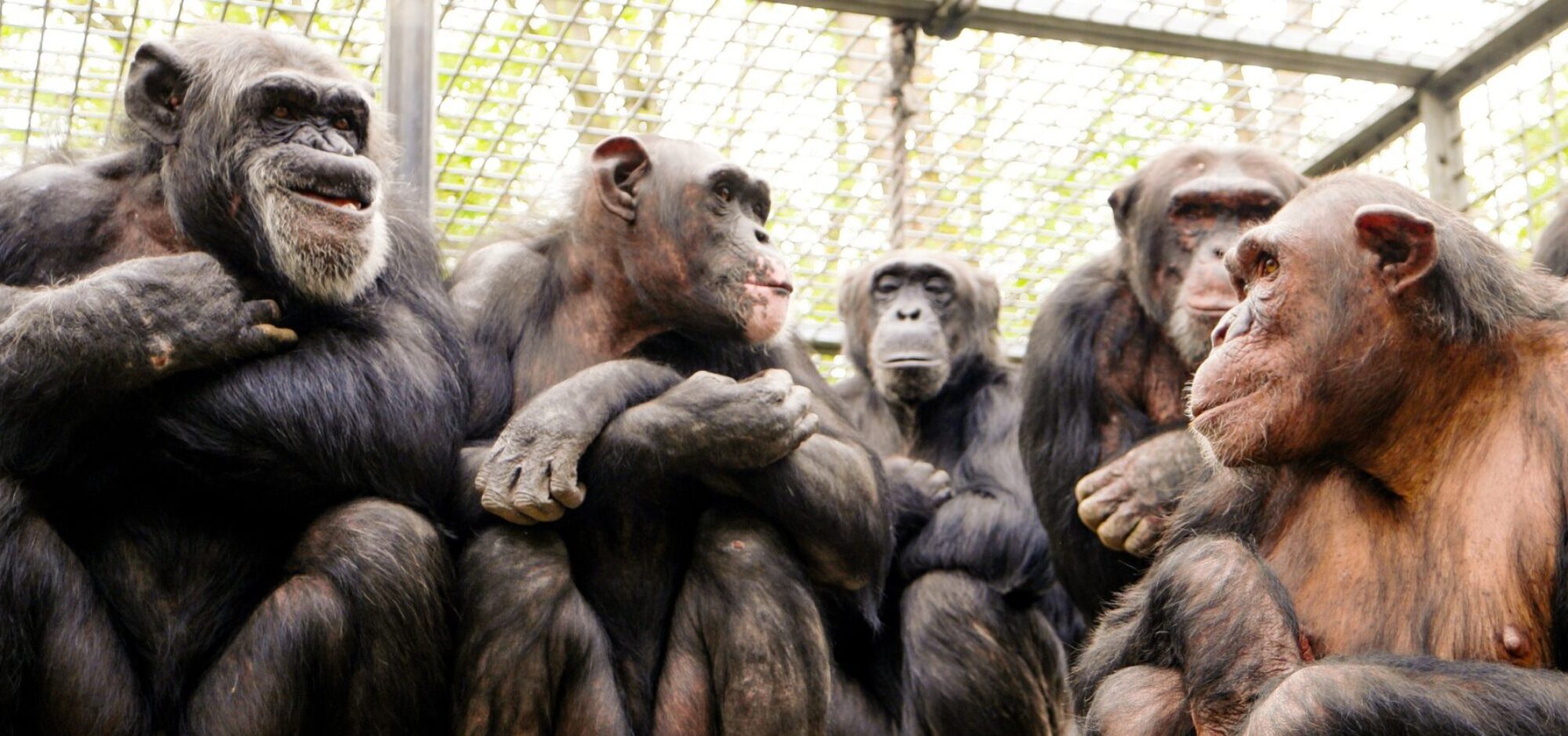“Our Big Fight Over Nothing: The Political Spectrum Does Not Exist
Hyrum Lewis
Hyrum Lewis is a professor of history at Brigham Young University-Idaho and has held visiting positions at Stanford University and Skidmore College. He has previously published books and articles on the history of ideology and the philosophy of religion.
June 12, 2020
https://heterodoxacademy.org/social-science-political-spectrum/?utm_source=feedly&utm_medium=rss&utm_campaign=social-science-political-spectrum
One of the real tragedies of contemporary politics is that our most bitter disagreements are about something that doesn’t even exist—the political spectrum. Left and right are entirely tribal designations and have no unifying philosophy or principle behind them that can be represented on a unidimensional spectrum.
This may sound like an absurd claim, but before rejecting out of hand, consider that the political spectrum rests on an essentialist theory of ideology that has been soundly falsified. The essentialist theory says that, although it may seem that there are many distinct political issues in politics, there is actually just one big issue—an underlying essence that ties them all together (e.g., change vs. preservation, equality vs. freedom, order vs. liberty, realism vs. idealism, etc.). If politics is unidimensional (about one essential issue), then a unidimensional political spectrum is adequate to represent politics.
An alternative to this essentialist theory is the “social theory” of ideology, which says that distinct political positions correlate because they are bound by a unifying tribe. If the right-wing team is currently in favor of tax cuts and opposed to abortion, then those who identify with that team will adopt those positions as a matter of social conformity, not because both are expressions of some underlying principle. If the social theory is correct, the political spectrum is of little use because there is no single essence; instead there are many unrelated political issues and therefore many political dimensions.
(…)
I understand why so many of us want to believe in the political spectrum—it makes politics simple and gives us the illusion that our party’s beliefs have an underlying (and righteous) philosophical coherence—but it’s time to face up to the facts. “Right-wing” and “left-wing” are little more than tribal designations. Shedding our jerseys might help us become more rational, more humble, less tribal, and ultimately, more open-minded when it comes to public issues.”
